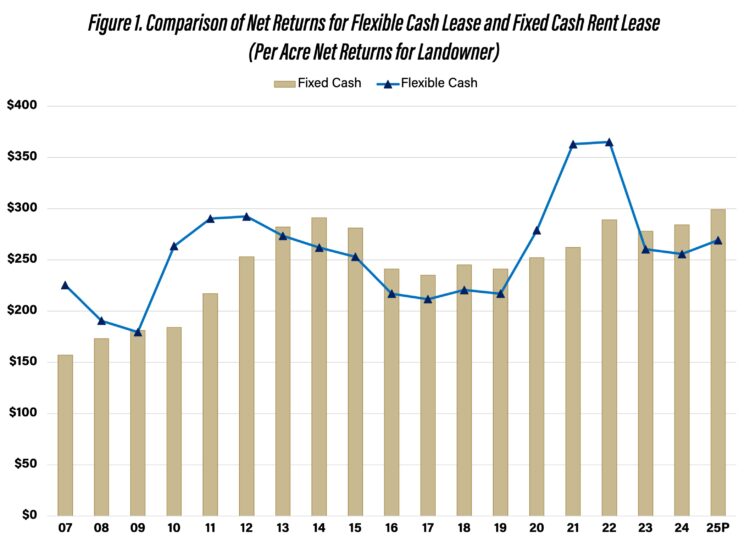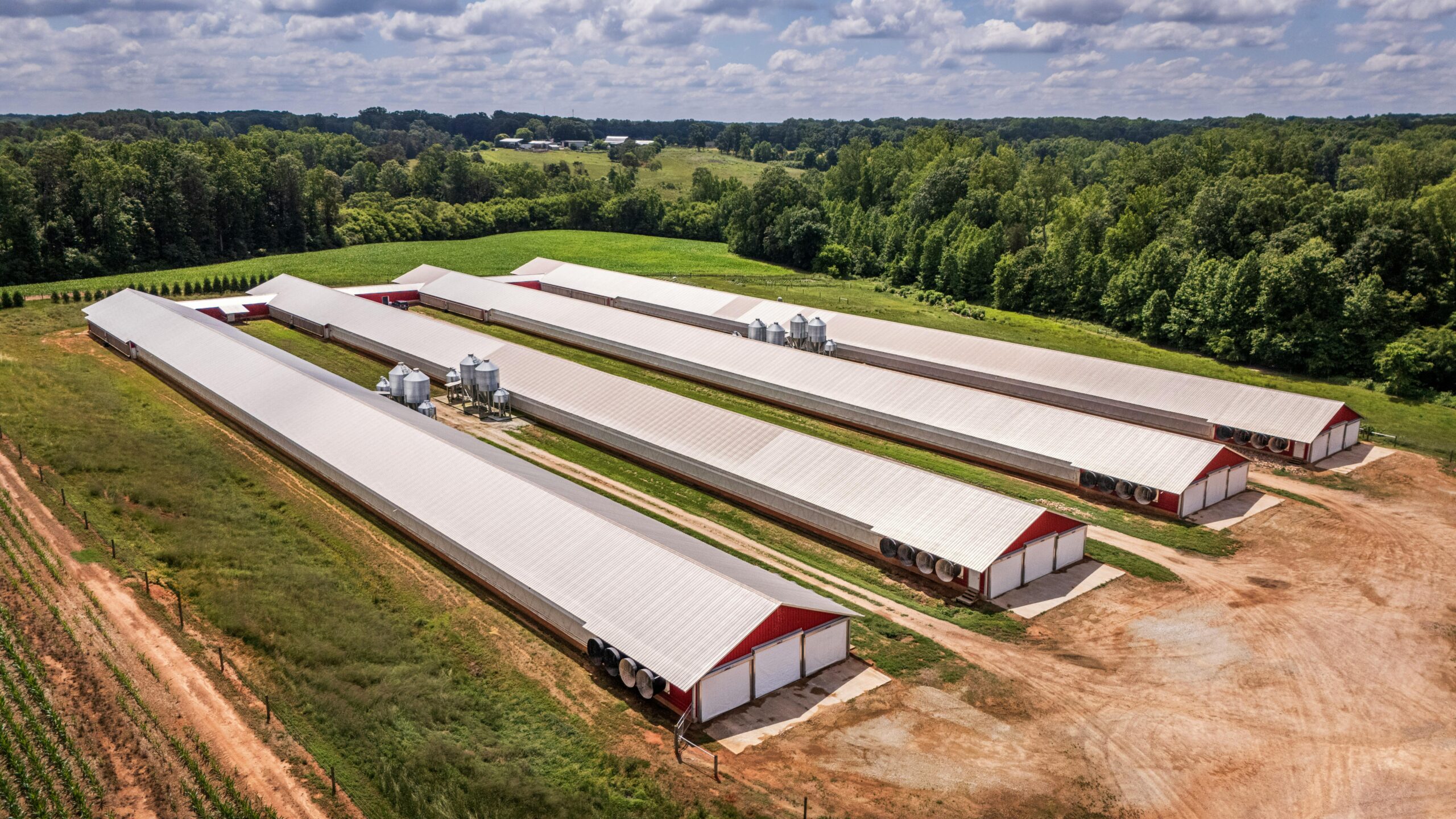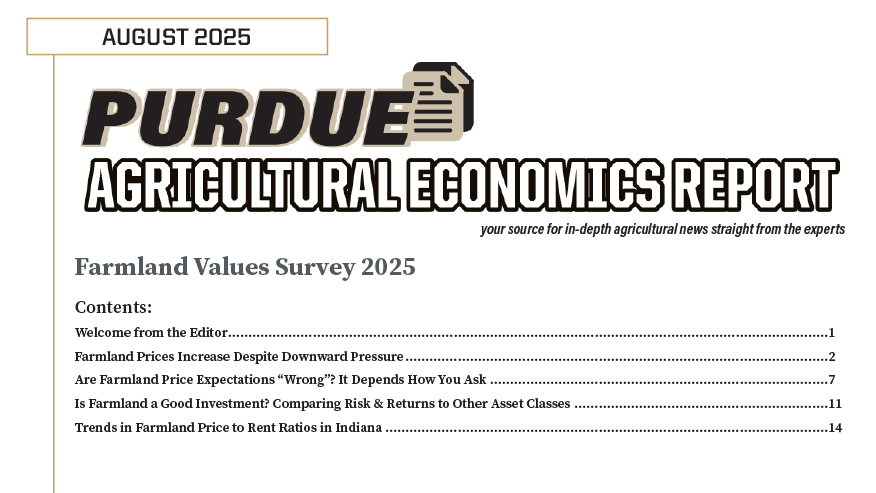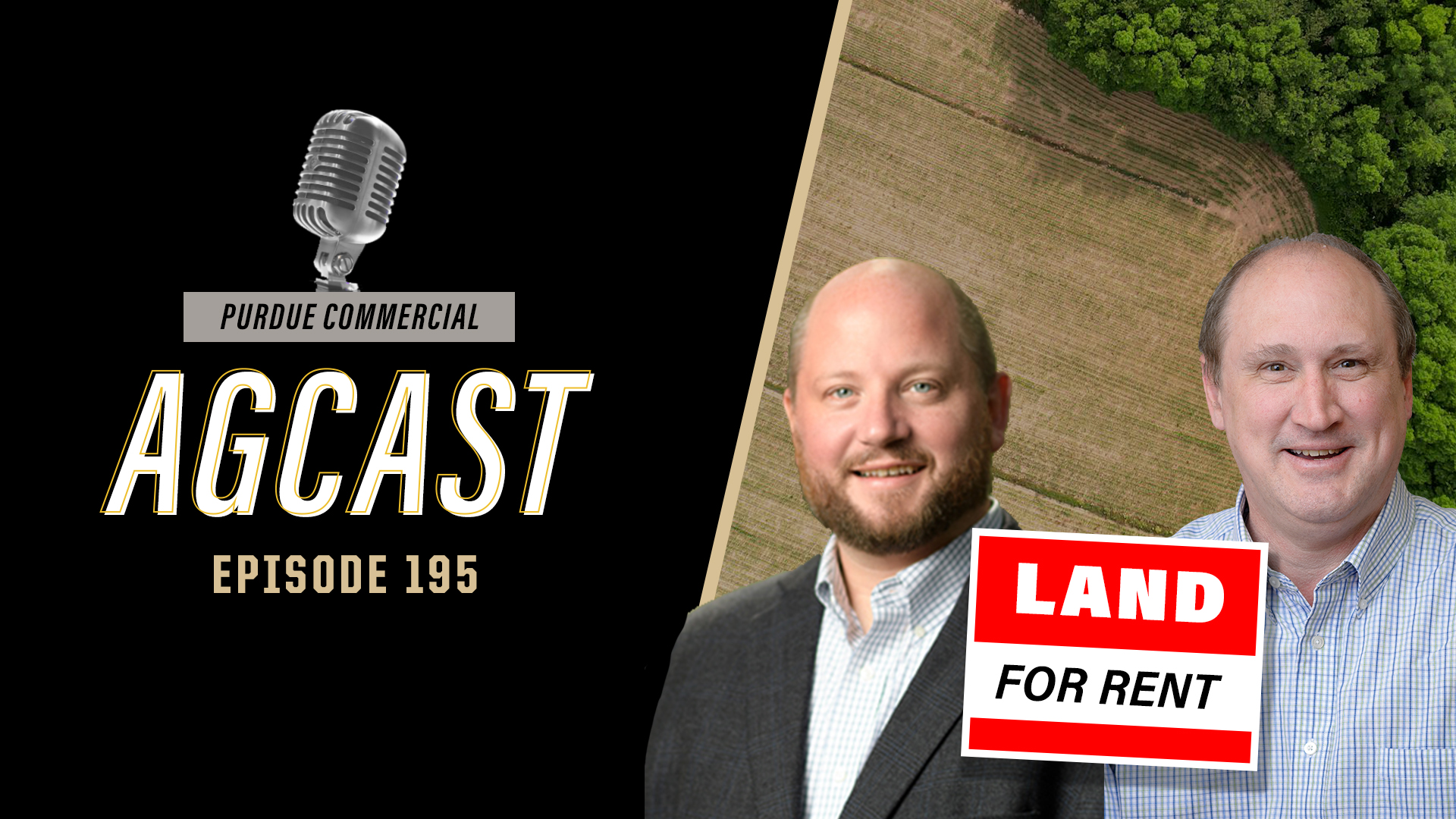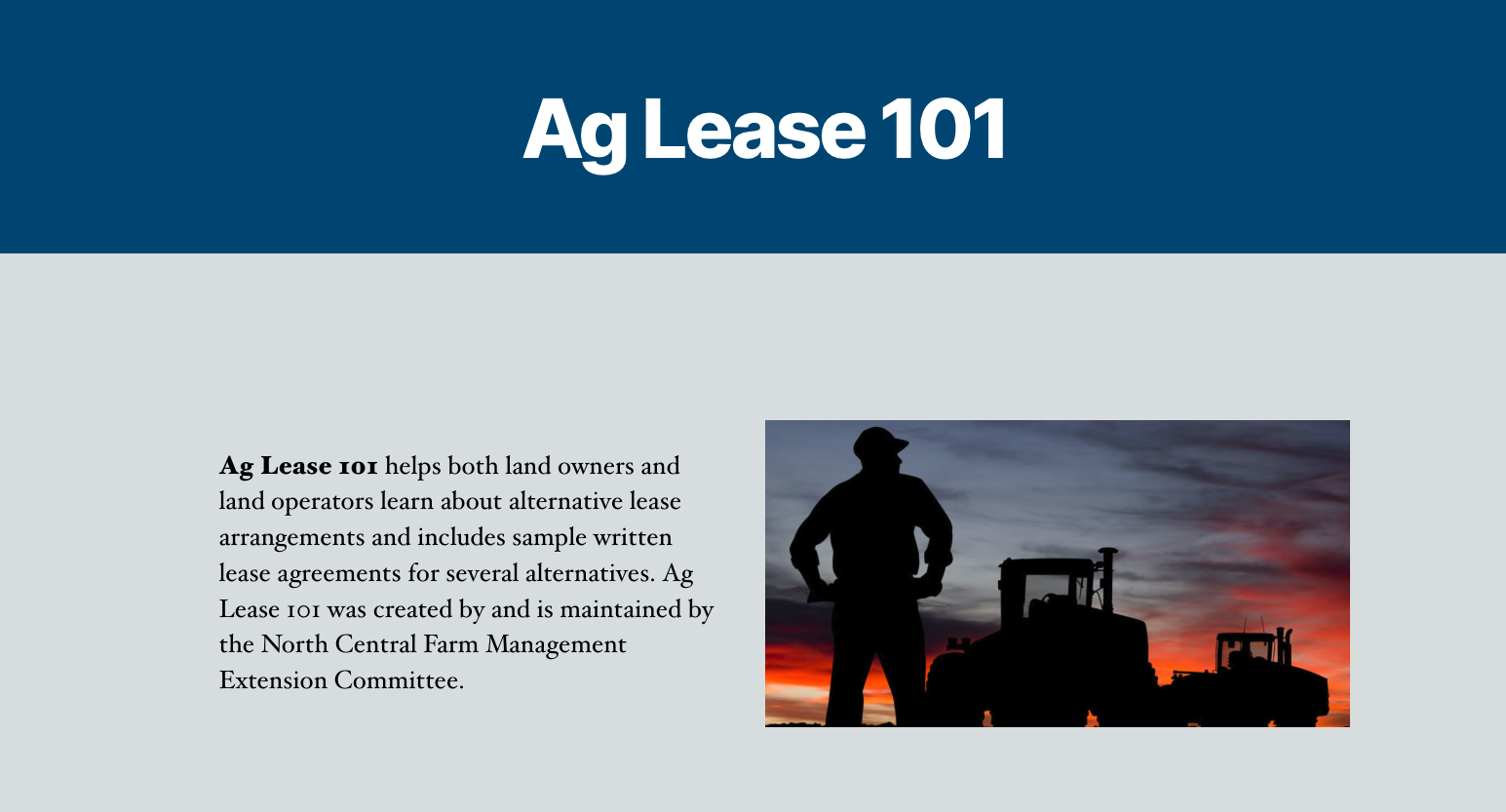
Getting Started
Leasing Land Fundamentals
Before you enter your next lease discussion: understanding the pros and cons of common leasing arrangements, the role of market conditions and land values in cash rent negotiations, using flexible lease agreements to share risk and reward, and aligning lease terms with your farm’s business strategy.
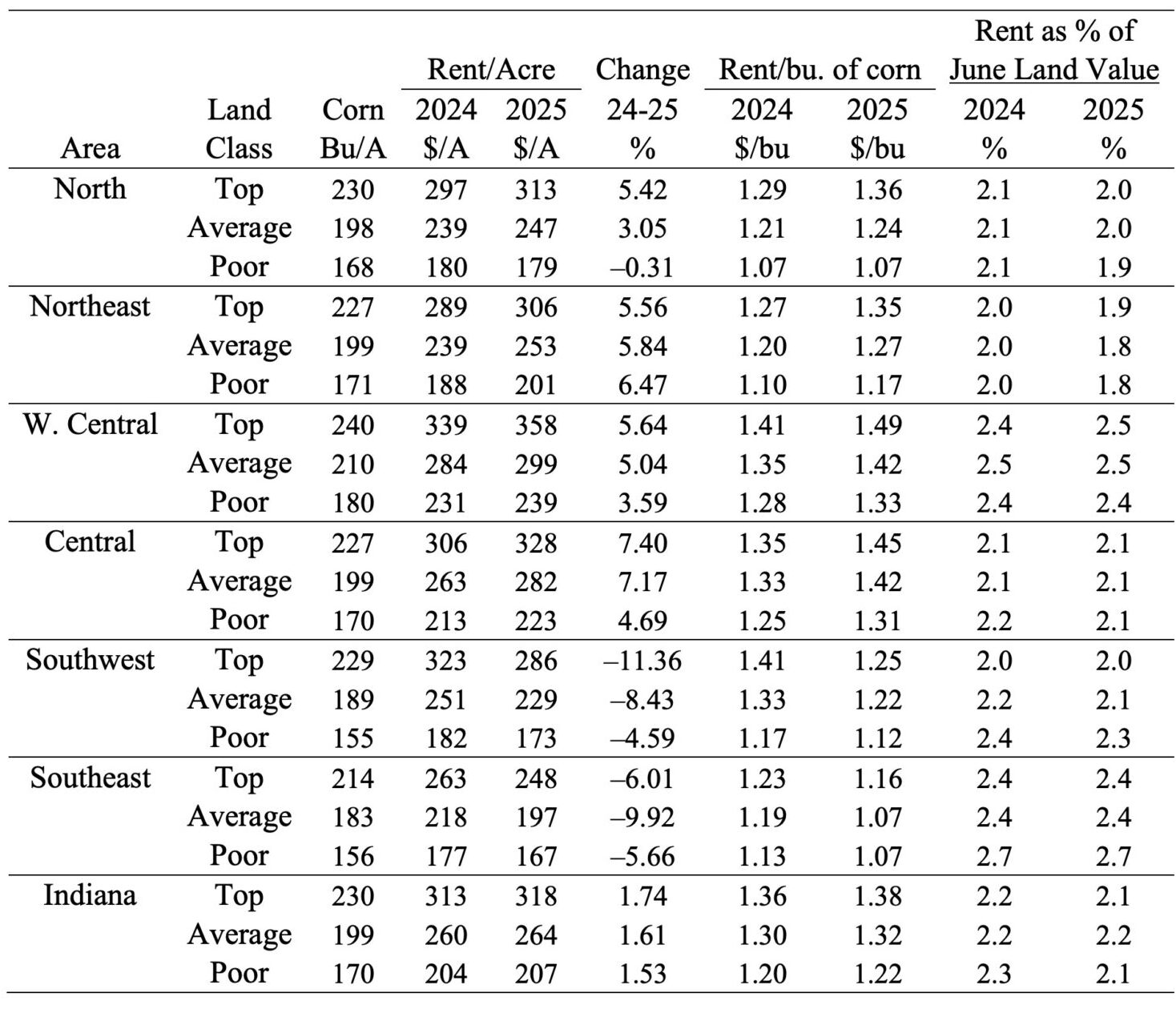
Signature Publication
Purdue Farmland Value & Cash Rents Survey
The latest survey shows Indiana cash rents exhibited little change from 2023 to 2024. Statewide top quality land increased 2.3% to $313, average quality land increased less than 1% to $260, and poor-quality land fell 3.7% to $204. So what’s that mean if you’re in the market for leasing farmland?
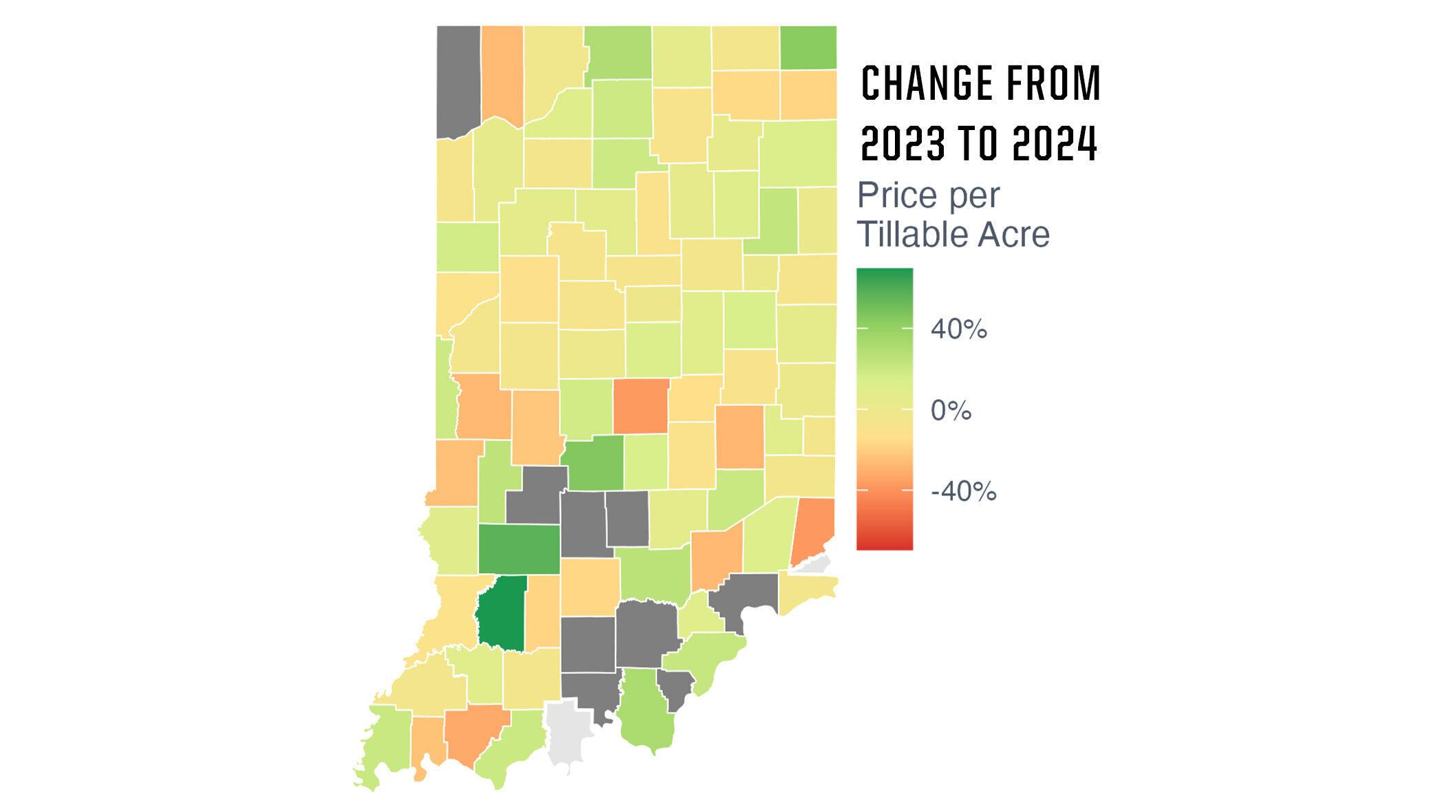
NEW Partnership
Acres.com Enhanced Insights
A leader in farmland transaction data, our partnership with Acres.com aims to enrich the availability of transaction-based farmland market in information, offering valuable insights to farmland owners, farmers, and agricultural stakeholders across Indiana.
Key Publications
Flexible Cash Rent Leases
Flex leases combine a base rent with a possibility of a bonus, which is typically based on gross revenue triggers or gross revenue above production costs plus base rent. Flexible cash rent leases enable a landowner to share additional income that results from unexpected increases in crop prices and/or yields. For the operator, risk is reduced as cash rent is lower if crop prices and/or yields are less than normal.
